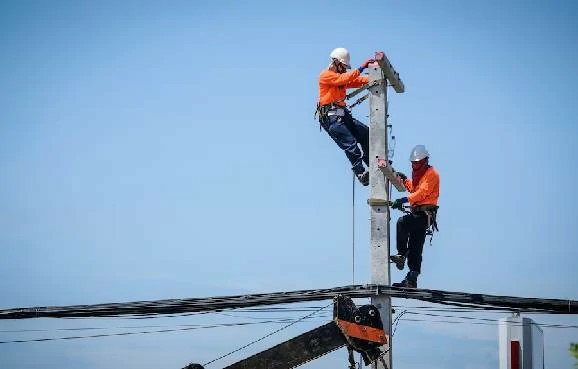


 349,500 Offered Certificates
349,500 Offered Certificates
 24/7 Online Training
24/7 Online Training
 Money Back Guarantee
Money Back Guarantee
 Fully Accredited Courses
Fully Accredited Courses

Created at: 22-02-2025 15:18
In industries where employees work at heights, safety training is not just a regulatory requirement; it is a crucial practice that can save lives. This case study highlights the critical role that proper Working at Heights Training plays in preventing accidents, using a real-world example to illustrate the positive outcomes of comprehensive training programs.
Working at heights is an inherently dangerous task that can lead to serious injuries or fatalities if not managed correctly. According to statistics, falls are among the leading causes of workplace injuries in construction and similar industries. Implementing a structured Working at Heights Course can effectively mitigate these risks.
Consider the case of a construction company in Dublin, where workers were tasked with installing roofing while using scaffolding. Before beginning this project, the management prioritized Working at Heights Certification for all employees involved. The following factors were crucial to the prevention of an accident:
During the project, there was an instance where a worker lost his balance while reaching over the edge of the scaffolding. Thanks to the training received in their Working at Heights Course Online, he instinctively positioned himself safely and held onto the guardrail, preventing a potential fall. This quick thinking exemplified how Certified Working at Heights Training directly contributed to accident prevention.
The success of the training program at this construction site aligns with broader industry trends. According to data, organizations that invest in Working at Heights Certification reduce the likelihood of falls by up to 70%.
This case study clearly illustrates the effectiveness of proactive safety measures such as comprehensive Working at Heights Training. For businesses in Dublin, Cork, and Galway, investing in such training is not only a legal necessity but also a moral imperative to safeguard employees.
If you are looking to enhance the safety of your workplace and ensure compliance with industry standards, consider enrolling in a Working at Heights Safety Course today. Visit our Working at Heights Training page for more information.
For inquiries, contact us at [email protected].